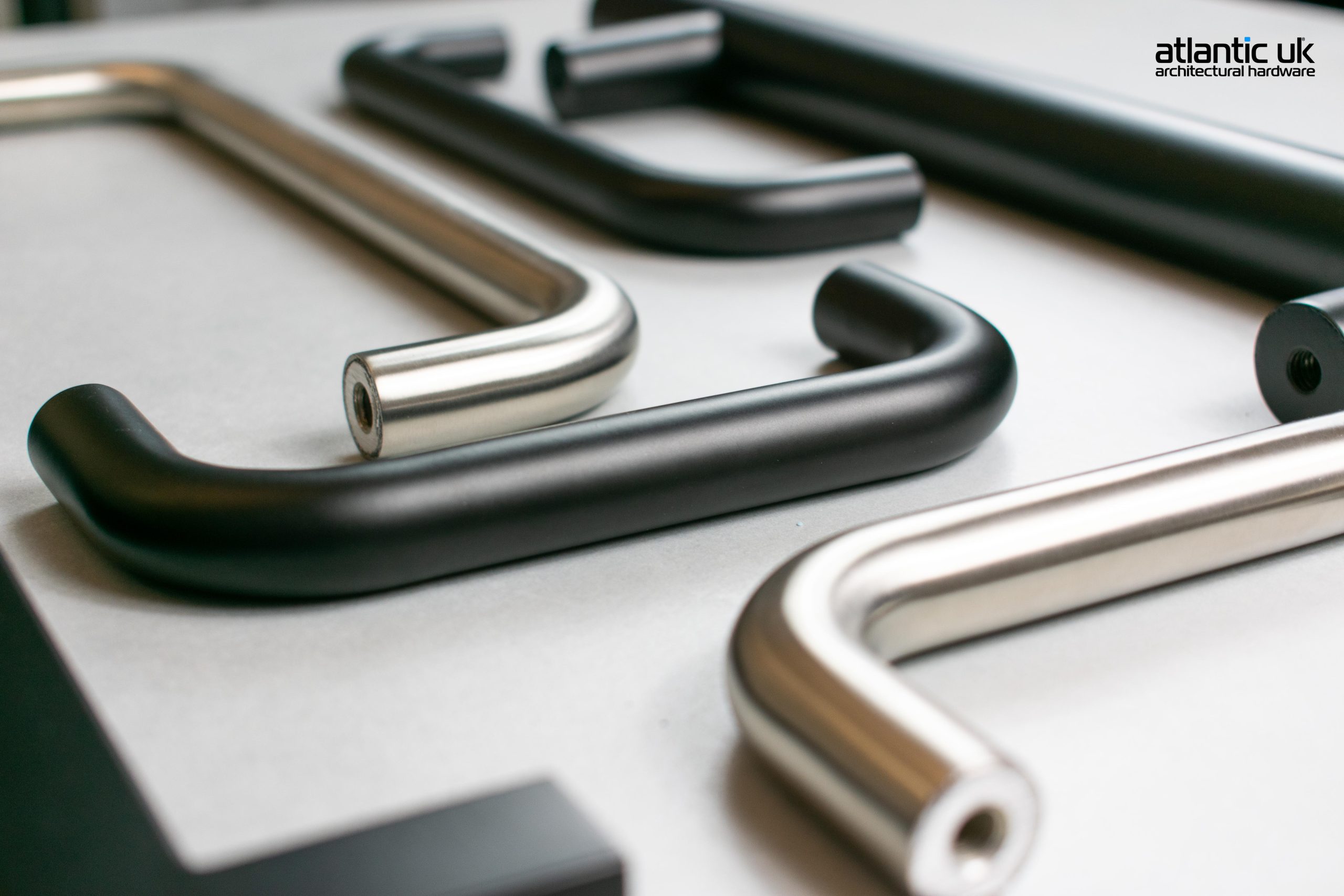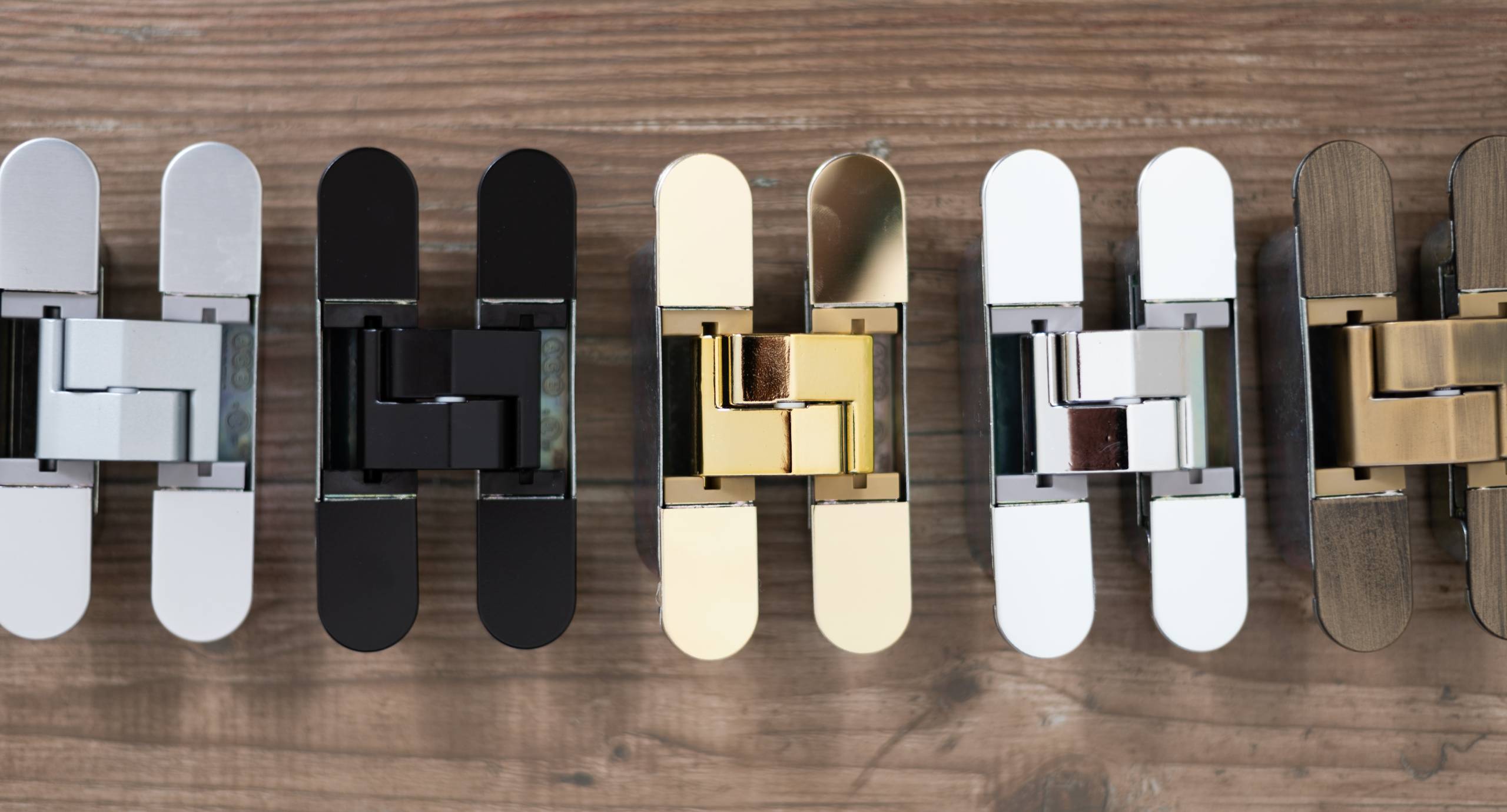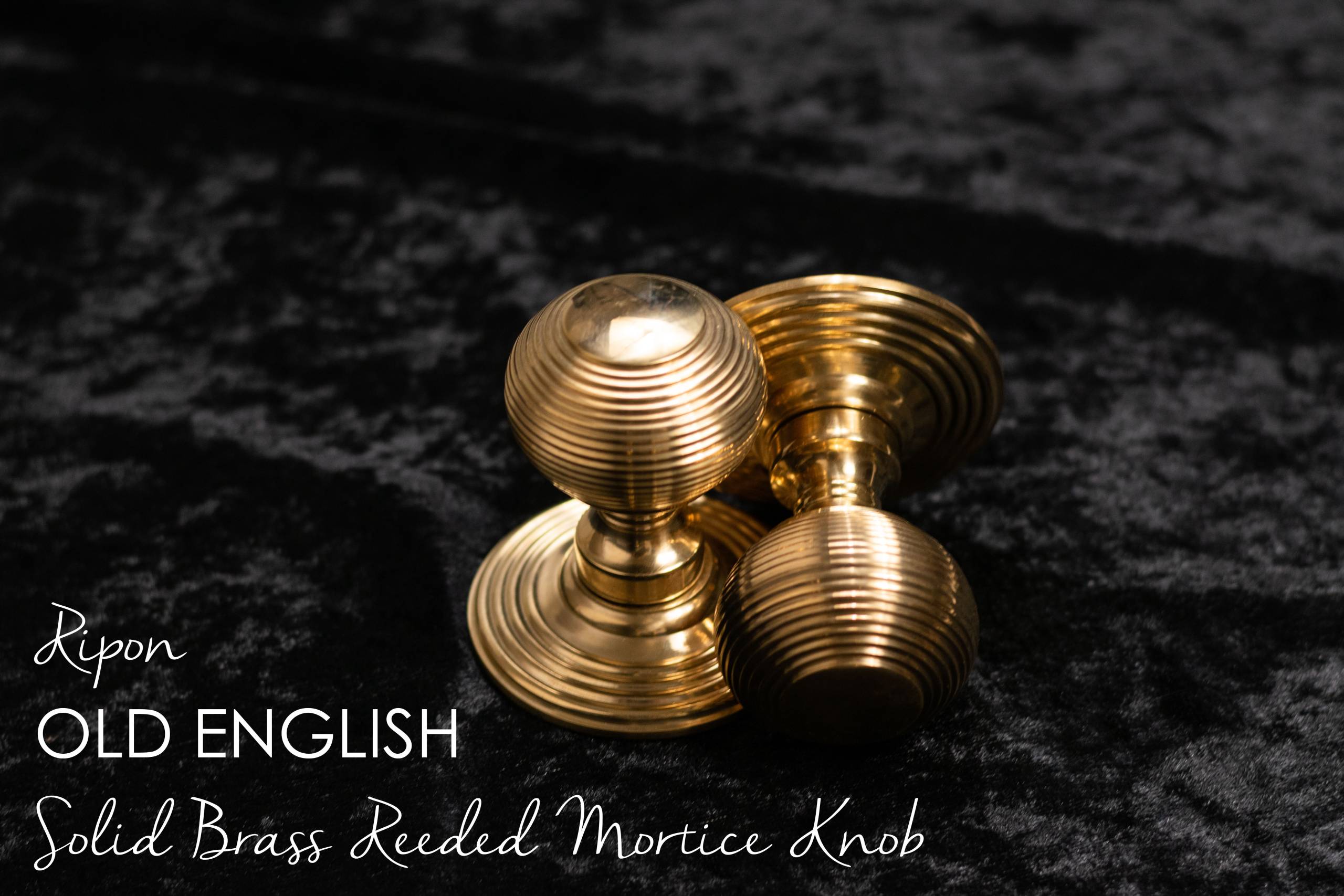Can you mix door knobs and door levers within a property?
All hardware within an interior should be taken account of, down to the very last detail. Every element should be considered, whether it is designed to match or whether it is designed to inject dramatic contrast. Either design method works well, as long as it is done deliberately. If mixing door knobs and door levers is not done consciously, then it could look messy. If you choose to mix door knobs and door levers, we have some tips.
Matching hardware within an interior may, in some instances, include cupboard and unit hardware also. Wardrobes, drawer units, built-in wardrobes and even kitchen units could be linked with internal door hardware. A common theme could be chosen throughout all fittings, something complimentary. Alternatively, you may choose to create a contrast with statement door levers on the main doors and door knobs on other cupboards and drawer units throughout the interior. Having similar tones, like polished brass and satin brass is a safe ground to start on and should link different elements together to enhance the overall design scheme.
When opting to mix items of hardware in an interior it is important to ensure the different elements come from the same ‘family’ or door hardware. We would recommend ensuring that all doors onto a hallway or in an individual room look like they come from the same family of hardware. Wardrobes may have a door knob whereas bedroom have door levers, but they may all be in the same finish. Sometimes people choose to label their door’s into types. This split could be ground floor and upper floors separately. Recently a choice that is stylish and very practical, is to have lever handles downstairs and door knobs upstairs.
When mixing door knobs and door levers within the same interior we have a few tips that may suit your taste:
– Maintaining the same finish or finish type with all main type of hardware. A different finish could be introduced in the cabinet furniture.
– Finding hardware with similar lines or design styles. This could be a bold geometric pattern or soft sweeping edges.
It could be a round rose or a rectangular backplate. The elements don’t have to look identical but should complement each other and have the same overall feel.
– Scale of hardware & its location should be considered. Every item should look in proportion to its surroundings and also in proportion to other elements of hardware.
As always with any aspect of décor, the decision should be based on personal taste and design. In the past matching knobs and handles were popular; today it’s considered more popular to blend in different finishes in one consistent theme. Bathrooms and kitchens require a different approach and may incorporate a split finish.






